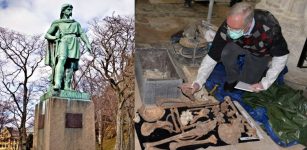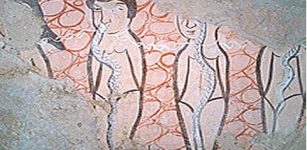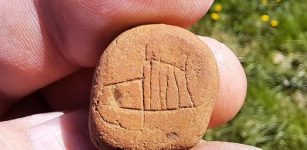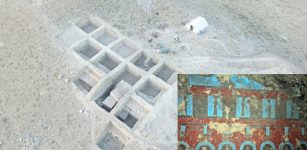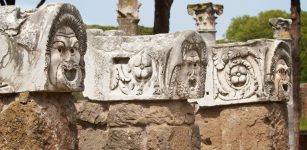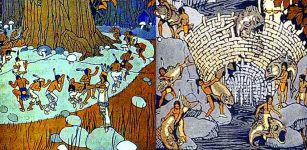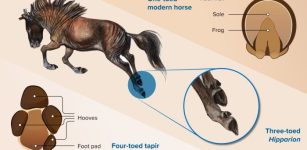Surprising Discovery: Massive Cemetery Built 5,000 Years Ago Near Lake Turkana, Kenya
AncientPages.com - The earliest and largest monumental cemetery in eastern Africa built 5,000 years ago has been unearthed by archaeologists working in Kenya.
This group of early pastoralists living around Lake Turkana, Kenya, is believed to have lived without strong hierarchy and major inequalities within the society.
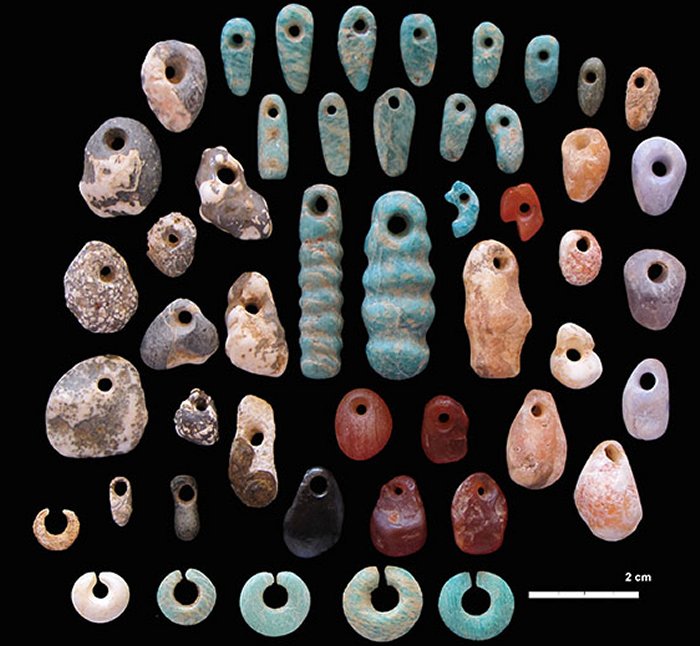
Stone pendants and earrings from the communal cemetery of Lothagam North, Kenya, built by eastern Africa’s earliest herders ~5000-4300 years ago.
The Lothagam North Pillar Site - the earliest known monumental site in eastern Africa - was a communal cemetery constructed and used over a period of several centuries. A platform 90 feet (30 m) in diameter held a large cavity in its center.
At least 580 individuals (men, women, and children) were buried close together with elaborate personal ornaments - not restricted to any sex or interment type. More than 300 colored stone and mineral beads were found in diverse forms, showing that these people had a keen aesthetic sense. Making beads and other ornaments would have been time-consuming, and their variation in form demonstrates creativity and individual style.
Historically mass graves belonging to ancient agricultural societies throughout history have been confirmed by archaeological excavations. However, the Lothagam cemetery on the shores of Kenya's Lake Turkana, was constructed by mobile pastoralists and carries no evidence for hierarchy and no segregation by social classes.
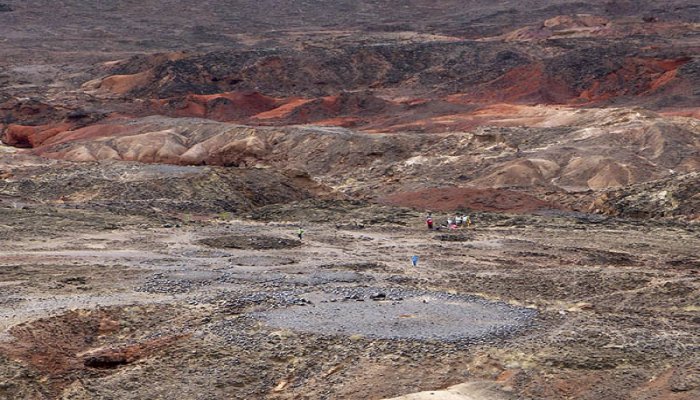
View of Lothagam North Pillar Kenya, built by eastern Africa’s earliest herders ~5000-4300 years ago. Megaliths, stone circles, and cairns can be seen behind the 30-m platform mound; its mortuary cavity contains an estimated several hundred individuals, tightly arranged.
It appears that Lothagam North’s architects faced highly uncertain environments as Lake Turkana shrunk by 50%, and grappled with economic and social instability as herding took hold. Early herders may have constructed the cemetery to provide a stable landmark on a shifting landscape.
“The Lothagam North Pillar Site is the earliest known monumental site in eastern Africa built by the region’s first herders,” said Elisabeth Hildebrand, PhD, in the Department of Anthropology in at Stony Brook’s College of Arts and Sciences. “This finding makes us reconsider how we define social complexity, and the kinds of motives that lead groups of people to create public architecture.”
Archaeologists say the monuments may have served as a place for people to congregate, renew social ties, and reinforce community identity. Information exchange and interaction through shared ritual may have helped mobile herders navigate a rapidly changing physical landscape.
Burials were tightly packed within the mortuary cavity, and their arrangement was not suggestive of ranking or social priority. This, together with diverse forms of personal ornamentation, suggests that the pastoralists who built Lothagam North did not have strong social hierarchies.
AncientPages.com






